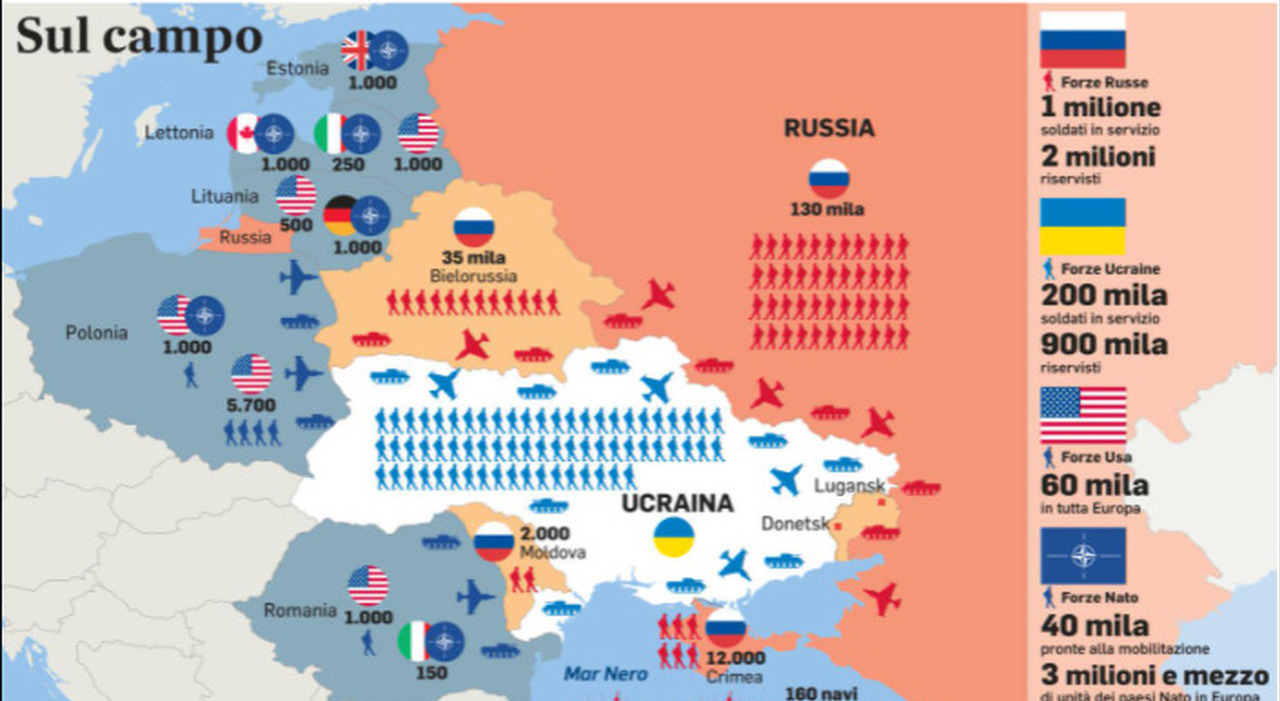On the borders with NATO and Russia, the frontline states are preparing for a possible war with Moscow. The defense ministers of Estonia, Lithuania, and Latvia have agreed on an action plan to build common structures along the borders, particularly fortifications, with the aim of deterring and combating any type of incursion. Estonian officials have said that the government is planning about 600 bunkers, in anticipation of a possible invasion by Moscow. The Estonian Ministry of Defense has indeed confirmed that the three Baltic countries, all members of NATO, "will build anti-mobility defensive structures in the coming years to deter and, if necessary, confront military threats". The risks For some time, the three countries have been denouncing the risk of becoming the victims of a future invasion, as happened to Ukraine, and have decided to anticipate it. The defense ministers have also announced a missile cooperation project, which provides for collaboration between the states for training in the use of defense systems and for their maintenance, as well as coordination of cross-border operations. "The war in Ukraine has shown that regaining already conquered territories is extremely difficult and involves a great cost in terms of human lives, time and material resources", said Susan Lilleväli, undersecretary for defense at the Estonian Ministry of Defense. "In addition to equipment, ammunition and manpower, we need physical installations to defend our countries efficiently", Lilleväli added. The invasion and occupation of areas of Ukraine by Russia in 2022 has accelerated a strategic change for the alliance. NATO's approach The new Baltic line is aligned with NATO's approach: "Defend every inch of allied territory at all times - Lilleväli said - These installations serve, first and foremost, to avoid military conflicts in our region. They could change the enemy's calculations. Counter-mobility and fortification measures have indeed played a significant role in the wars that have taken place in our region, for example in Finland, and, as the war in Ukraine has shown, they are also valid in this century". And again: "The installations should prevent the enemy from advancing quickly into the territory of the Baltic countries and, in case of military incursions, they should stop the enemy's advance already at the borders". The Suwałki Corridor The project concerns in particular the Suwałki Corridor, a 65 km strip of land straddling the border between Lithuania and Poland, whose occupation would isolate the Baltic states from their European allies to the west. The fortifications of Estonia will be grouped around the border crossings of Narva, in the north, and Võru, in the south. Lake Peipus, which marks much of the border with Russia, also provides the Estonians with a formidable defensive barrier. With the war in Ukraine, the Russian army has suffered significant losses, but Moscow still represents a serious threat, as NATO leaders point out. "We have seen estimates on how quickly Russia will be able to rebuild the armed forces and we have to use this time wisely - Lilleväli said again - We have come to the conclusion that it is time to make all the necessary preparations". Estonian officials have so far planned the construction of 600 bunkers: the prototypes are under construction and testing will begin this year. Estonia wants the first bunkers to be built from the beginning of 2025.
© ALL RIGHTS RESERVED
This article is automatically translated
